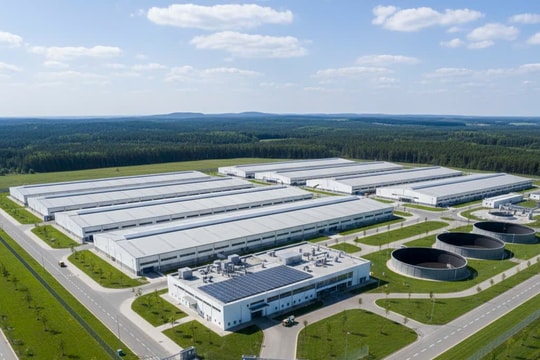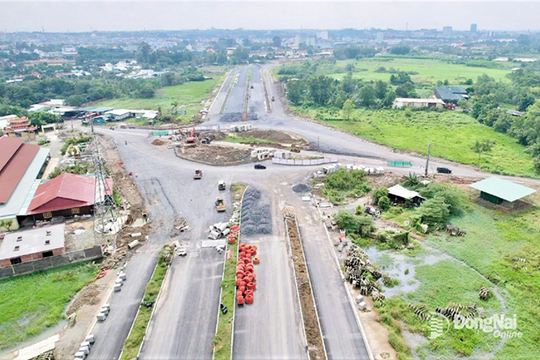Supply Chains: Challenges and Opportunities for Carbon Emission Reduction
Today, consumer, investor, and regulatory pressures are prompting businesses to take specific steps to reduce emissions. The latest reports indicate that the demand for improved supply chain sustainability from investors has risen by 25% over the past five years, while pressure from suppliers has increased by over 50% from 2011 to 2020.
.jpg)
.jpg)
Technology in Emission Management and Reduction
In this context, sensor technologies for real-time monitoring and data analysis are emerging as promising solutions. One example is SensorUp, a data integration platform that helps businesses continuously monitor and compare their emissions. Through partnerships, such as with Cando Rail Services, SensorUp has enabled companies to track emissions data throughout the product transportation process. Solutions like the “Powered by SensorUp” program give many companies a comprehensive view of their emissions, facilitating easier, targeted reduction efforts.
.jpg)
.jpg)
Optimizing the Value Chain with Digital Technology
Once emissions data is gathered and high-emission points are identified, companies can implement targeted technology solutions to reduce emissions more effectively. Companies that adopt automated digital tools for measurement are 2.5 times more likely to accurately measure emissions, enabling them to take precise actions across the supply chain, from raw materials to logistics.
.jpg)
.jpg)
AI Applications in Logistics and Transportation
Road transport, which accounts for 9% of global CO2 emissions, is another area that greatly benefits from AI. Digital freight brokerage platforms such as OnTruck have reduced “empty kilometers” (kilometers traveled without cargo) from 44% to 19%, saving fuel and cutting emissions. These improvements are crucial because empty truck mileage accounts for about one-fifth of the total distance traveled by road transport in the EU as of 2023.
Transitioning to Clean Fuels and Carbon-Neutral Propulsion
New technology focuses not only on optimizing operations but also on supporting the transition to clean fuels and carbon-neutral propulsion. Some companies have adopted alternative fuels and electric batteries, while others have opted for wind-powered cargo vessels. Finnish company Norsepower manufactures sails that, when combined with route optimization technology, can save up to 28% in CO2 emissions. This becomes even more important with the International Maritime Organization’s (IMO) introduction of the Carbon Intensity Indicator (IMO CII), which sets strict standards for emission reductions in maritime transport.

One notable initiative is Project Remarccable, the world’s first shipboard carbon capture pilot, a collaboration between OGCI and IMO announced in October. This initiative offers significant opportunities for investors to promote carbon-neutral technology development in the maritime sector.
Circular Value Chains: A Sustainable Step Forward
One of the major breakthroughs in sustainable supply chains is the circular value chain, which allows for the reuse and recycling of materials, reducing waste and conserving resources. In agriculture, food preservation technology extends the shelf life of perishable goods, while in industry, excess CO2 is recycled into products like polymers used in sofas and shoe soles. British company Econic has succeeded in converting waste CO2 into polymers, providing a sustainable alternative to petrochemical-based materials, which account for 12% of global oil consumption.
.jpg)
.jpg)
Technological innovation is paving a clear path toward a carbon-free supply chain future. However, for these technologies to reach their maximum potential, companies must commit not only to technological improvements but also to extensive collaboration. Climate Investment has made strides in creating platforms that connect businesses to essential solutions, yet the responsibility for a full transition rests with the companies implementing these innovations.
By collaborating and adopting the right technologies, businesses can not only improve efficiency but also play a pivotal role in the global green transition. In the context of climate change, this is not merely a choice but an urgent necessity for building a sustainable future.


.jpg)
.jpg)


.jpg)
.jpg)
.jpg)

.png)
.png)
.png)


.png)
.png)








